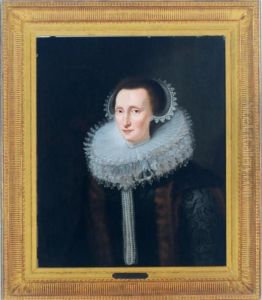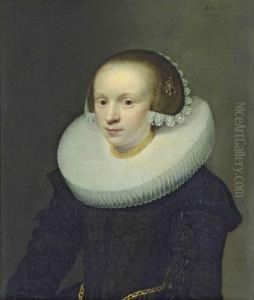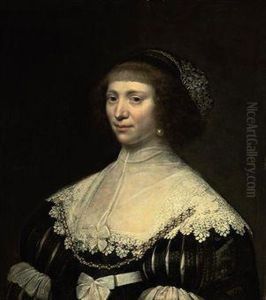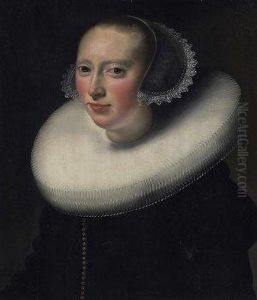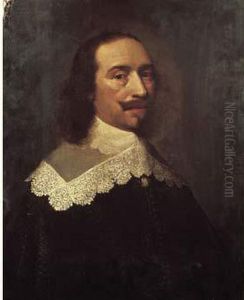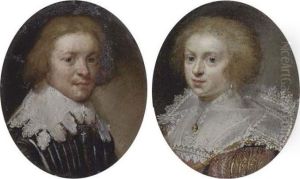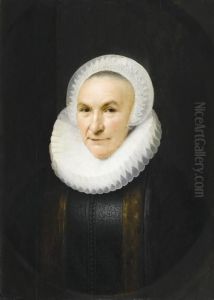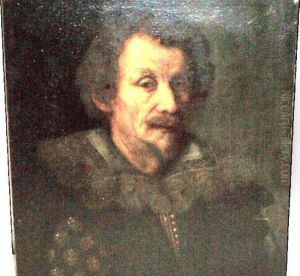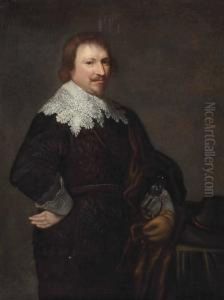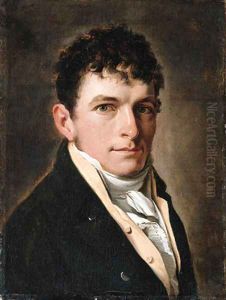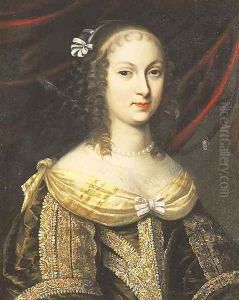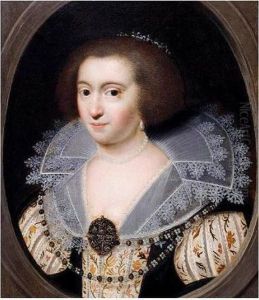





Portrait Of A Noblewoman, Said To Be Amalia Van Solms
-
About Reproduction
Discover the allure of art with our faithful reproduction of "Portrait Of A Noblewoman, Said To Be Amalia Van Solms", originally brought to life by the talented Jan Anthonisz Van Ravesteyn. Unlike posters or prints, our hand-painted oil painting breathes an unique sense of depth and texture into your space. Every detail, every stroke, and every texture is meticulously recreated, paying the perfect homage to Jan Anthonisz Van Ravesteyn and his artistic vision.
Owning this piece is more than just decoration - it's a statement of your refined taste in art. Let the vibrant colors and intricate details of this replica serve as a daily reminder of the beauty in our world. Elevate your decor and appreciate the richness of art with our replica of this masterpiece.
-
Painting Description
"Portrait of a Noblewoman, Said To Be Amalia Van Solms" is a distinguished painting by the Dutch Golden Age artist Jan Anthonisz van Ravesteyn. Van Ravesteyn, born in The Hague around 1572, was a prominent portrait painter known for his meticulous attention to detail and his ability to capture the essence of his subjects. His works are celebrated for their refined elegance and the subtle interplay of light and shadow, which bring a lifelike quality to his portraits.
This particular painting is believed to depict Amalia van Solms, a notable figure in Dutch history. Amalia van Solms was the wife of Frederick Henry, Prince of Orange, and played a significant role in the political and cultural life of the Dutch Republic during the 17th century. Her marriage to Frederick Henry in 1625 marked the beginning of a period of great influence and power for the House of Orange-Nassau.
The portrait exemplifies Van Ravesteyn's skill in rendering luxurious fabrics and intricate details, which are evident in the depiction of the noblewoman's attire. The subject is adorned in an opulent dress, likely made of rich materials such as silk and lace, which were indicative of her high social status. The artist's use of light highlights the texture and sheen of the fabric, adding depth and realism to the painting.
Van Ravesteyn's ability to convey the personality and status of his sitters is particularly evident in this work. The noblewoman's composed expression and dignified posture reflect her esteemed position in society. The background of the portrait is typically understated, ensuring that the viewer's focus remains on the subject.
While the exact date of the painting is not definitively known, it is believed to have been created during the height of Van Ravesteyn's career, when he was actively engaged in painting portraits of the Dutch elite. This work is a testament to his mastery as a portraitist and his contribution to the art of the Dutch Golden Age.
-
Lead Time & Shipping
When you order this oil painting replica, it typically takes 2-3 weeks to paint. If the artwork is more complex, it might need a little more time to ensure the best quality. Once it's ready, we'll send you a photo for your approval. After you give the green light, we'll ship it to you for free.
-
Return & Refund
We believe in the quality of our hand-painted oil painting reproductions, and your satisfaction is our priority. If for any reason, you are not completely satisfied with your purchase, we offer a 45-day return policy. You can return your artwork within 45 days of receipt and receive a full refund. Please note that the artwork must be returned in the original packaging and in the same condition as it was received.





